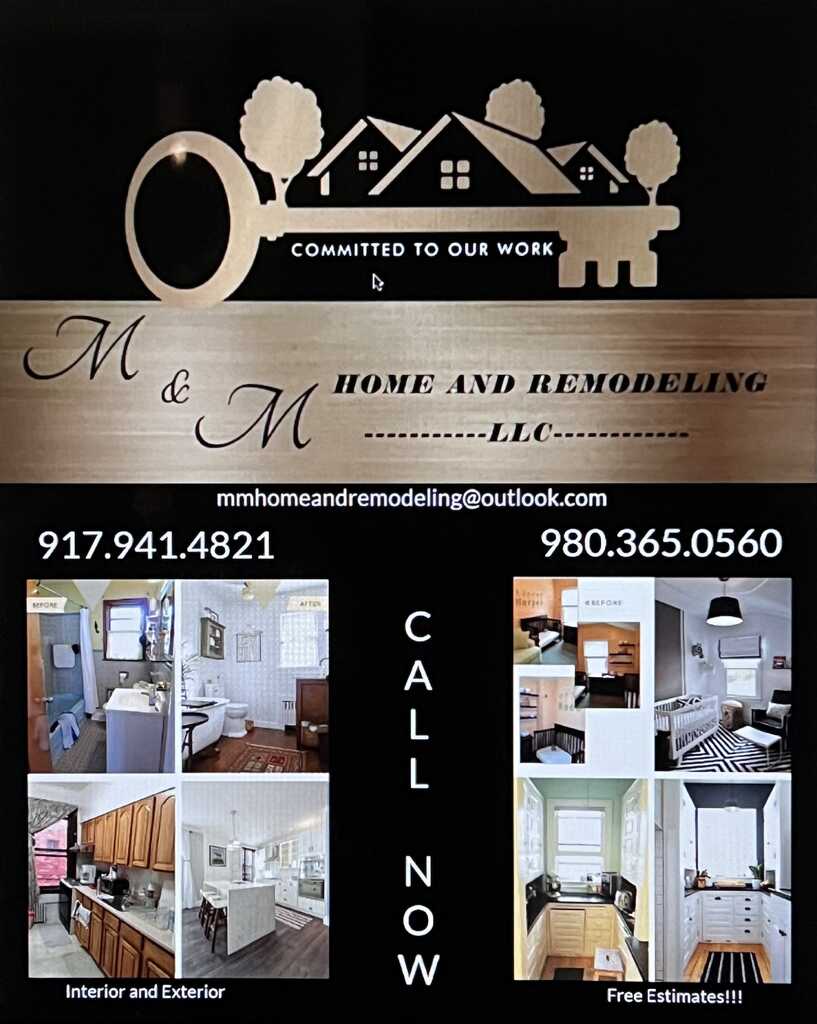
One of the first things that you’ll be told with healthcare consulting is that patients hate waiting rooms. They always feel like they’re wasting time, especially if their doctor is late for their scheduled appointment. Fortunately, there are ways to minimize their annoyance with a well-designed waiting room. Here are just a few tips for rebuilding the space from the ground up.
1. Install Customer Service Kiosks
Instead of waiting on the attention of a receptionist, customer service kiosks allow patients to help themselves. They can check in, make payments, schedule new appointments and even write notes to their doctor that will be delivered before the doctor comes and fetches them. Kiosks are a great way to cut down on lines, and they can give patients a very positive and proactive feeling, too.
2. Offer Multiple Forms of Entertainment
Gone are the days when patients were satisfied with magazines. You’ll need to step up your game if you want to entertain your patients in today’s fast-paced world. Here are just a few ideas for waiting room excitement:
– Popular movies on communal televisions
– Games, puzzles and toys for the kids
– Real books that they can start reading as they wait
– Smartphone apps that they can download in conjunction with their visit
There are many other things that you can add to your waiting room, too. For example, adult coloring books can soothe patient anxieties, and fidget spinners can be employed by all ages to calm down. Don’t be afraid to get a little creative with your waiting room gadgets.
3. Encourage Conversation
This will be impossible during busy days when your receptionist doesn’t have time to make conversation, but when they <i>aren’t</i> swamped, encourage them to talk to your patients. Keep them engaged. Time will fly when they’re sufficiently distracted from the clock, and that’s good for the patient, the receptionist and the doctor as well.
While you can’t entirely eliminate the negative feelings associated with waiting rooms, you can certainly minimize them. Use these tips to design a better space with better patient attitudes.








